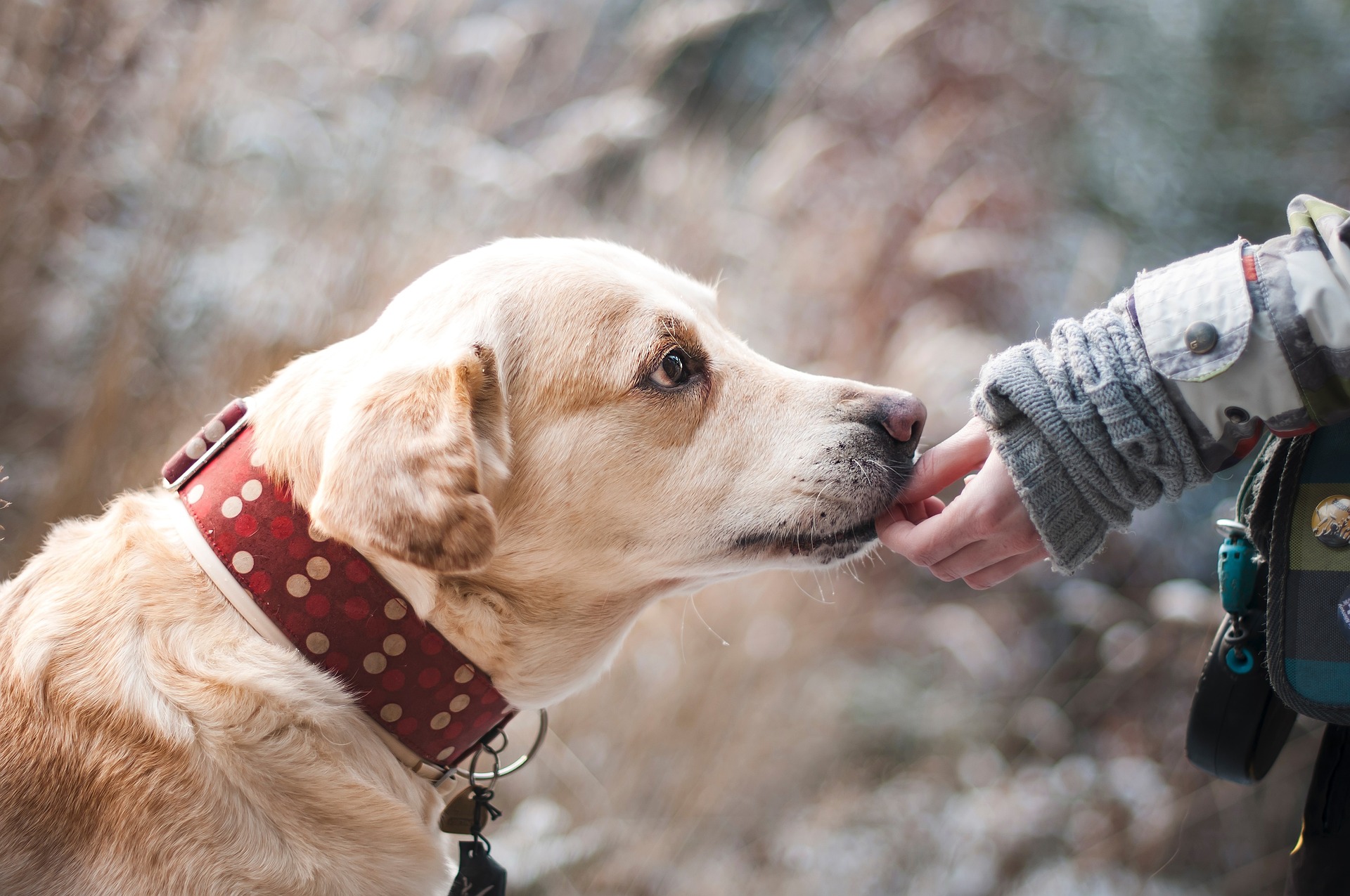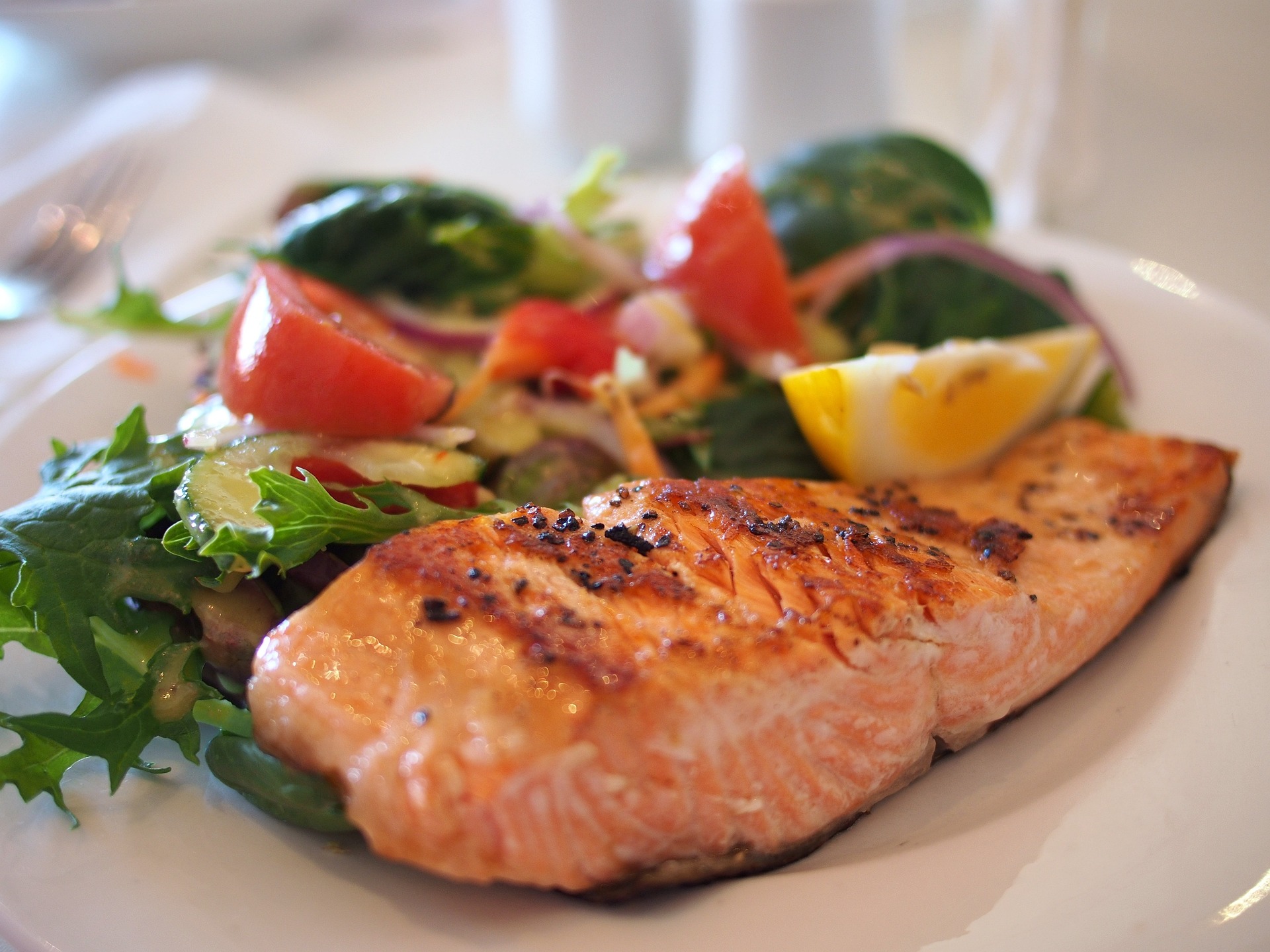Embracing the Trend: Feeding Your Pets a Raw Food Diet
Pet nutrition has seen an increasing trend towards raw food diets, lauded for their health benefits and alignment with an animal's natural diet. This article explores the potential benefits of a raw food diet for your pet and offers some tips for those considering making the switch. Read below to learn more about this emerging trend in pet nutrition.

Understanding the Raw Food Diet
The raw food diet, also known as Biologically Appropriate Raw Food (BARF), involves feeding pets uncooked meat, bones, fruits, vegetables, and dairy products. Proponents argue it’s a more natural diet, similar to what animals would consume in the wild. It’s believed to boost the immune system, improve coat health, and enhance overall wellbeing. However, it’s essential to consult with a vet before making any significant changes to your pet’s diet.
Potential Health Benefits
Feeding your pet a raw food diet can have several potential benefits. It’s believed to result in healthier skin and a shinier coat, reduced allergy symptoms, improved dental health, and more efficient digestion. It can also lead to increased energy levels and better weight management. However, it’s important to note that more research is needed to fully understand the potential benefits and risks associated with this diet.
Making the Switch to Raw Food
Transitioning your pet to a raw food diet should be a gradual process to avoid digestive upset. Start by introducing small amounts of raw food into your pet’s regular meals, gradually increasing the raw food portion over several weeks. Monitor your pet closely during this transition period for any signs of digestive troubles or other health concerns.
Balancing a Raw Food Diet
An essential aspect of feeding your pet a raw food diet is ensuring it’s balanced and nutritionally complete. This involves providing a variety of different foods to ensure your pet gets all the necessary nutrients. Consult with a pet nutrition expert or your vet to create a balanced meal plan.
The Role of Vets and Nutrition Experts
While there are potential benefits to a raw food diet, it’s essential to consult with a vet or pet nutrition expert before making the switch. They can help you understand the potential risks and benefits, and guide you in creating a balanced meal plan for your pet.
Useful Tips and Facts: - Always handle raw food with proper hygiene to prevent the spread of bacteria. - Freeze raw meats for at least 72 hours before feeding them to your pet to kill any parasites. - Monitor your pet’s weight and condition closely while on a raw food diet. - Not all pets may benefit from a raw food diet, especially those with certain medical conditions. Always consult with a vet before making dietary changes.
In conclusion, a raw food diet could potentially offer numerous benefits for your pet’s health, from improved digestion to a shinier coat. However, it’s crucial to approach this trend with an informed perspective, consult with experts, and monitor your pet closely during the transition. As always, the primary goal should be to ensure the overall wellbeing and happiness of your pet.



